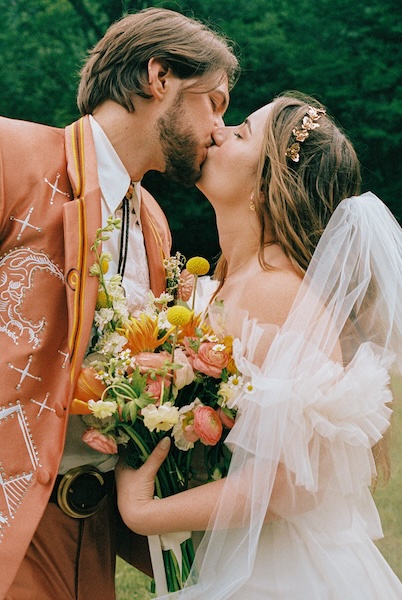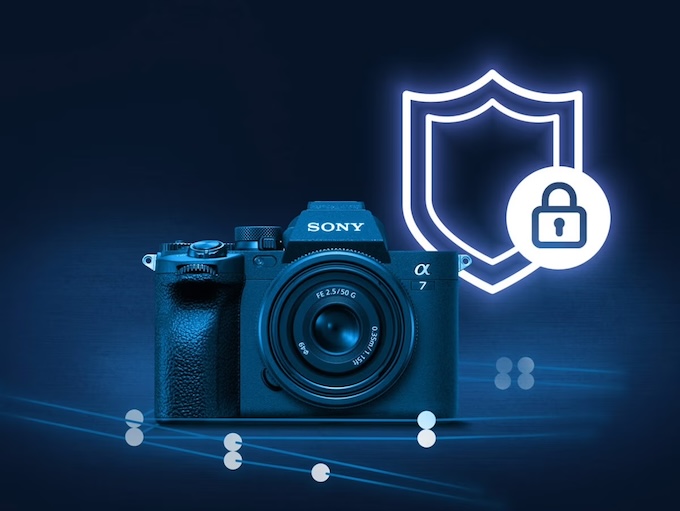Tips + Techniques
How to Become One of Rangefinder’s 30 Rising Stars
April 14, 2020
Wedding photographer Jasmin Neidhart, a 30 Rising Star in 2018, dedicated one of the first episodes of her new podcast, The Bloom Seeker, to speak with RF senior editor Libby Peterson about the secrets to submitting to the prestigious wedding photography competition.
It might seem like Rangefinder’s 30 Rising Stars of Wedding Photography competition is cloaked in secrecy. Perhaps that’s because the editors gather submissions for consideration through nominations from the wedding industry, and then once the 30 photographers are chosen in September, they’re asked to keep completely mum for two months until the list is announced on November 1.
The reasons behind this coordinated announcement—other than it being more exciting—have to do with allowing enough time for the staff to construct a gallery of all of the winners’ submissions and write their bios, along with accompanying behind-the-scenes insights, to share with the world.
Nominees must have been shooting weddings on a full-time basis for five years or less in order to submit to the competition. They choose 30 photos from their wedding photography repertoire and fill out a questionnaire that asks about their style, their gear and other demographical information. The 30 Rising Star designation hinges purely on a photographer’s portfolio of work, proving that they show promise in advancing and evolving the aesthetics of wedding photography.


For the very first episode of her new podcast, The Bloom Seeker—which you can listen to on Spotify, YouTube or Apple Podcasts—destination wedding photographer Jasmin Neidhart, a 30 Rising Star in 2018 based in Germany, sat down with RF’s senior editor, Libby Peterson, to reveal the secrets behind the industry’s most prestigious wedding photography competition.
Tips to Getting Noticed and Nominated
Submit Your Work to Wedding Outlets
Sharing your work with different websites and publications is one of the best first steps on the path to a submission, Peterson says. Because the 30 Rising Stars is a nomination-based competition, the editors look to other industry editors, art directors, photographers and wedding tastemakers for suggestions of who to invite to submit work.
Peterson looks back at Rangefinder’s Photo of the Day series to remind herself of whose photos she had been enjoying that year. She often finds photos to feature on Photo of the Day via Instagram, looking through images that had been tagged to @rangefindermag, as well as work that photographers share directly with her at libby.peterson@emeraldx.com.
She also looks at featured photographers in the Wedding of the Week series, she says. (Standout weddings with interesting backstories can be submitted to RF’s editor-in-chief, Jacqueline Tobin, at jacqueline.tobin@emeraldx.com for consideration.)
Submitting to either of those series is “an easy way to get on our radar for the 30 Rising Stars,” Peterson says.
Email the Editors
The editors of RF can nominate photographers for the competition, too. In fact, many of them come directly from the editors after those photographers emailed them directly and indicated their interest in consideration for the competition. “And that’s a totally okay way to just show us your portfolio,” Peterson says.
Although inquiries for consideration in the competition can be made year-round, the editors officially begin seeking and gathering nominations in June.
What the Judges Look For
Diversity
Peterson says they want submissions to contain diverse parts of a wedding day—from getting-ready moments and first looks, to the ceremony itself and reception. Some wedding photographers only submit portraits, Peterson says, which is a big misstep. The judges want to see interesting detail shots, photos of the family and guests, and other in-between moments that complete the full picture of a client’s wedding experience.
The photos should also be sourced from more than one or two weddings, Peterson says, so that the judges can see a nominee’s demonstrated skill.
Technique
The exposures should be consistent throughout the 30 photos in a submission, and “if there’s something interesting about an exposure,” Peterson explains, like a double exposure or grainy photo, it should be “an artistic choice and not a technically flawed choice.”
Cohesion
The judges want to see consistent style throughout a submission. Peterson says: “We want to basically look at it and know that all of these photos were shot by the same photographer.” While that sounds like a simple point of criteria, the editor notes that the judges always encounter submissions with photos don’t look like they come from the same creative voice.
Narrative
Peterson points out that the judges must look through hundreds of submissions, comprising 30 photos each, so in order to capture and hold a judge’s attention, the nominees should sequence their photos in an emotionally compelling way.
Nominees often test their chosen portfolio of images on others, which Peterson says is a good way to get outside input and achieve necessary emotional distance on photos that, for instance, might have an interesting backstory but aren’t necessarily a photographer’s strongest images from an aesthetic standpoint.
The Images NOT to Submit
Visual Clichés
After the volume of wedding photography that the judges have seen over the years, they can often sense when a photographer is imitating someone else. Photo ideas sparked from others on social media that don’t carry much narrative weight are clear indications that while a photographer is exploring, they haven’t dedicated themselves to an original voice yet.
[Read up on “The Potential Traps of Following Wedding and Portrait Photography Trends”]
The inevitable wedding moments that are always emotionally stirring—like the look on a groom’s face upon seeing the bride for the first time that day—are classic moments of a wedding day that the judges have come to expect, but trendy visuals without a compelling purpose—like a dress hung on a tree branch or curtain rod, a bride holding a bouquet in front of her face, or a couple framed small amid a landscape—need to be original.
[Here’s why “Innovations in Wedding Photography Aren’t Coming From Wedding Photography”]
As a general rule of thumb, Peterson advises, “if you’ve seen it done before, think of different ways of doing something, and submit those.”
Uncomfortable Posing and Disingenuous Expressions
Real, raw emotion is one of the keys to a submission. Because nominees are submitting photos from real weddings, not styled shoots, the judges want to see that they can react to the emotion of the big day and don’t need to force or recreate those moments for the camera.
Inconsistent Black-and-White Photos
Muddied and mostly grey images that are meant to be black and white will turn off the judges; it will demonstrate a lack of technical understanding. Using the full range from black to white is a skill that not everyone possesses. If black-and-white images are not your strong suit, Peterson advises submitting only color images.
“We do say in the submission process that you don’t have to submit black and white,” she says. And if submitted alongside color images, they should, again, look like they were shot by the same photographer.
“We’ve had some photographers submit only black and white, and that’s fine,” Peterson says. “Just play to your strength.”





